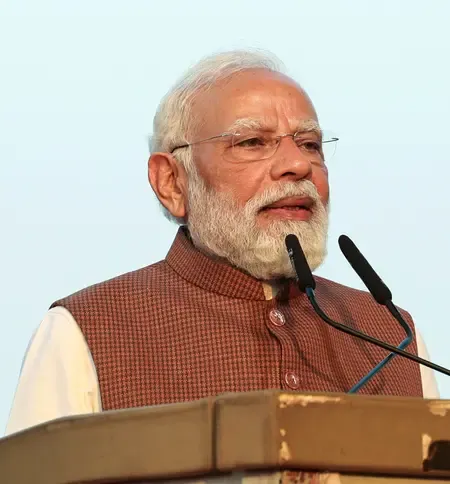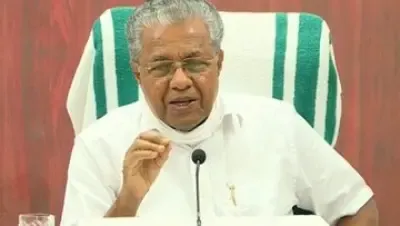How is the Railway reducing freight charges for bulk cement?

Synopsis
Key Takeaways
- Freight charges reduced to Rs 0.90 per tonne per kilometre for bulk cement.
- Policy aims to make housing affordable for all.
- Tank containers provide an eco-friendly logistics solution.
- Bulk cement terminals will improve distribution efficiency.
- India's rail network is expanding significantly, enhancing logistics capabilities.
New Delhi, Nov 18 (NationPress) Railway Minister Ashwini Vaishnaw announced a significant cut in the freight charges for transporting bulk cement using tank containers, a move aimed at reducing the costs of this crucial building material for affordable housing.
During the policy announcement at Rail Bhawan, the minister characterized the initiative as a transformative step to lower cement prices for middle-class and economically disadvantaged families aspiring to build their homes.
The revised rate structure simplifies and rationalizes the previous charges, now based on actual tonnage calculated as the Gross Tonne Kilometre (GTKM) of the train.
To facilitate business operations, previous distance and weight slabs have been abolished. Under the new framework, freight is charged at a flat rate of Rs 0.90 per tonne per kilometre for the actual distance traveled.
The use of tank containers presents an end-to-end eco-friendly logistics solution for bulk cement transport, the minister elaborated.
This policy encourages tank container usage to enhance efficient multimodal logistics for bulk cement. The tank container, a proudly Made in India product, measures 20 ft × 8 ft × 8.5 ft, with a payload capacity of 26 tonnes and a gross weight of 31 tonnes. Each container can be loaded and unloaded in approximately 25-30 minutes, making it ideal for seamless multimodal transport—transitioning smoothly from train to trailer and back to train—ensuring efficient delivery from production to consumption points, as stated by an official release.
Transferring bulk cement from manufacturing sites to terminals near consumption areas using specialized wagons is both cost-efficient and environmentally friendly. To further promote this shift towards effective logistics, Indian Railways will work on establishing bulk cement terminals nationwide under the “Bulk Cement Terminal” policy, which will allow for better handling, storage, and distribution of cement.
These terminals will be built, managed, and linked directly to the railway network for seamless logistics. They will feature essential facilities such as hoppers, silos, bagging plants, and more to support efficient bulk cement management.
The policy brings several advantages, including a major decrease in cement transportation costs and a considerably reduced carbon footprint compared to road transport, thus fostering environmental sustainability and alleviating road congestion. It enables the transport of large quantities of cement in one go, minimizes packaging needs, and decreases material losses due to spillage. Moreover, the policy guarantees quicker turnaround times through mechanized loading and unloading, boosting overall efficiency in cement logistics.
Vaishnaw also pointed out that India has now become the world’s second-largest railway freight carrier, surpassing the USA. The rail network's expansion has accelerated from 4 km per day (from 2004-14) to 12-14 km per day, making it over three times faster. The broad-gauge rail system is nearly completely electrified, with more than 1,300 Amrit Stations currently under development across the nation.









